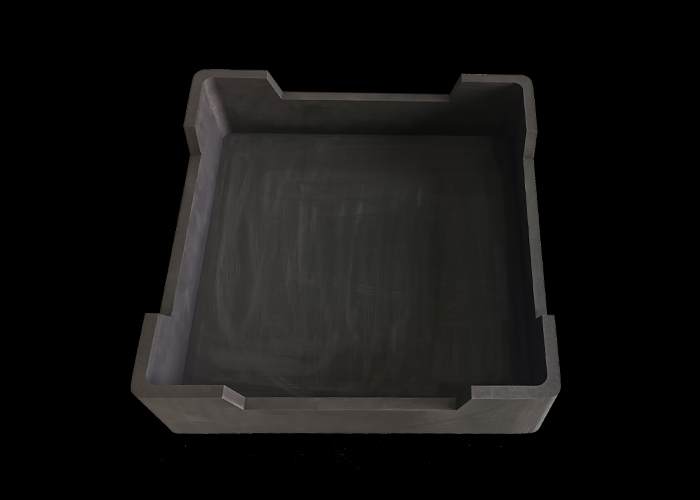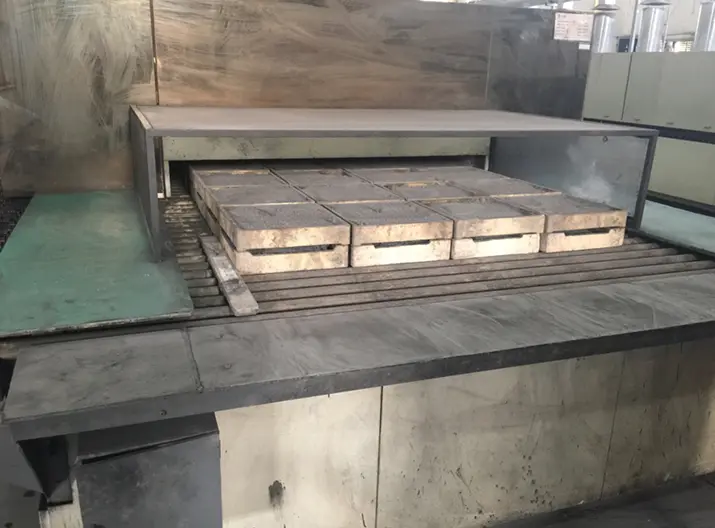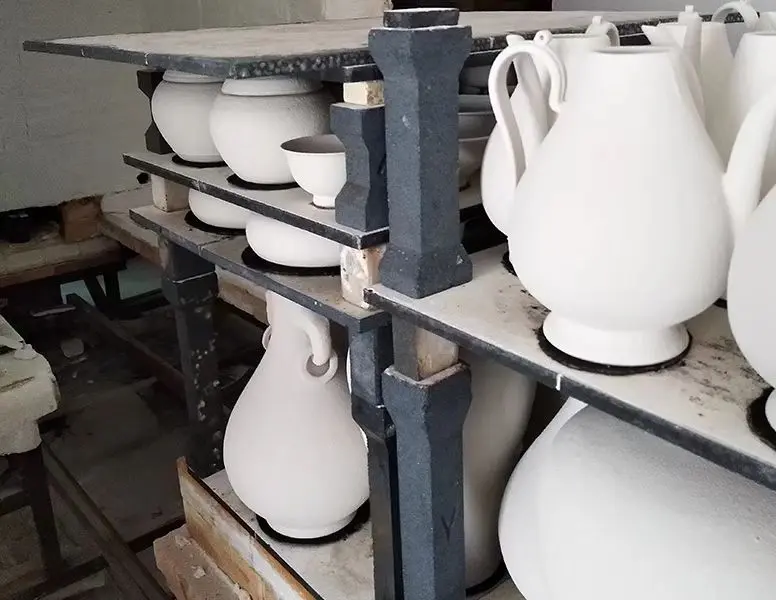The Impact of the Russian-Ukrainian Conflict on the Global Refractory Industry
Supply Chain Disruptions
The refractory industry relies heavily on a complex network of raw materials, many of which are sourced from Eastern Europe, particularly Russia and Ukraine. Key raw materials such as bauxite, alumina, and magnesite are essential for producing refractory products. The conflict has disrupted the extraction and transportation of these materials, leading to significant supply shortages.
For instance, Ukraine is a major producer of bauxite, which is a primary ingredient in alumina production. The ongoing conflict has hindered mining operations and logistics, resulting in reduced output. Similarly, Russia is a leading supplier of magnesite, a critical component in many refractory applications. The sanctions imposed on Russia by Western nations have further complicated the procurement of these materials, forcing companies to seek alternative sources, often at a higher cost.
Price Volatility
The disruption of supply chains has led to increased price volatility in the refractory market. As demand for refractory materials remains steady, the limited availability of key raw materials has driven prices upward. This price surge has been felt across the industry, affecting manufacturers, end-users, and consumers alike.
For example, the cost of alumina has seen significant increases due to the reduced supply from Ukraine. This has a cascading effect on the production costs of refractory products, which are used in various industries, including steel, cement, and glass manufacturing. As manufacturers grapple with rising costs, they may be forced to pass these expenses onto consumers, leading to higher prices for end products.
Shifts in Market Dynamics
The conflict has also prompted shifts in market dynamics within the refractory industry. Companies that previously relied on Russian and Ukrainian suppliers are now exploring alternative sourcing options. This has led to a diversification of supply chains, with manufacturers seeking materials from other regions, such as South America, Africa, and Asia.
While diversification can enhance supply chain resilience, it also presents challenges. New suppliers may not meet the same quality standards or may have longer lead times, impacting production schedules. Additionally, the search for alternative sources can lead to increased competition for raw materials, further driving up prices.
Geopolitical Considerations
The geopolitical landscape has also influenced the refractory industry. As countries reassess their trade relationships in light of the conflict, there is a growing emphasis on securing domestic supply chains. Governments are increasingly prioritizing local production and sourcing to reduce dependence on foreign materials, particularly from regions affected by conflict.
This shift could lead to increased investment in domestic mining and manufacturing capabilities, potentially reshaping the refractory industry landscape. However, the transition to local sourcing may take time and require significant capital investment, which could further strain the industry in the short term.
Environmental and Regulatory Impacts
The conflict has also raised concerns about environmental and regulatory issues within the refractory industry. As companies seek alternative sources of raw materials, they must navigate varying environmental regulations and standards across different countries. This can complicate the sourcing process and may lead to increased compliance costs.
Moreover, the focus on local sourcing may prompt companies to adopt more sustainable practices, as consumers and regulators increasingly demand environmentally friendly products. This shift could drive innovation within the refractory industry, leading to the development of new materials and production methods that minimize environmental impact.
Future Outlook
Looking ahead, the long-term impact of the Russian-Ukrainian conflict on the global refractory industry remains uncertain. While the immediate effects have been significant, the industry may adapt and evolve in response to the challenges posed by the conflict. Companies that successfully diversify their supply chains, invest in local production, and embrace sustainability may emerge stronger in the post-conflict landscape.
However, the potential for ongoing geopolitical tensions and economic instability in the region could continue to pose risks to the refractory industry. Manufacturers must remain vigilant and agile, ready to respond to changing market conditions and geopolitical developments.










